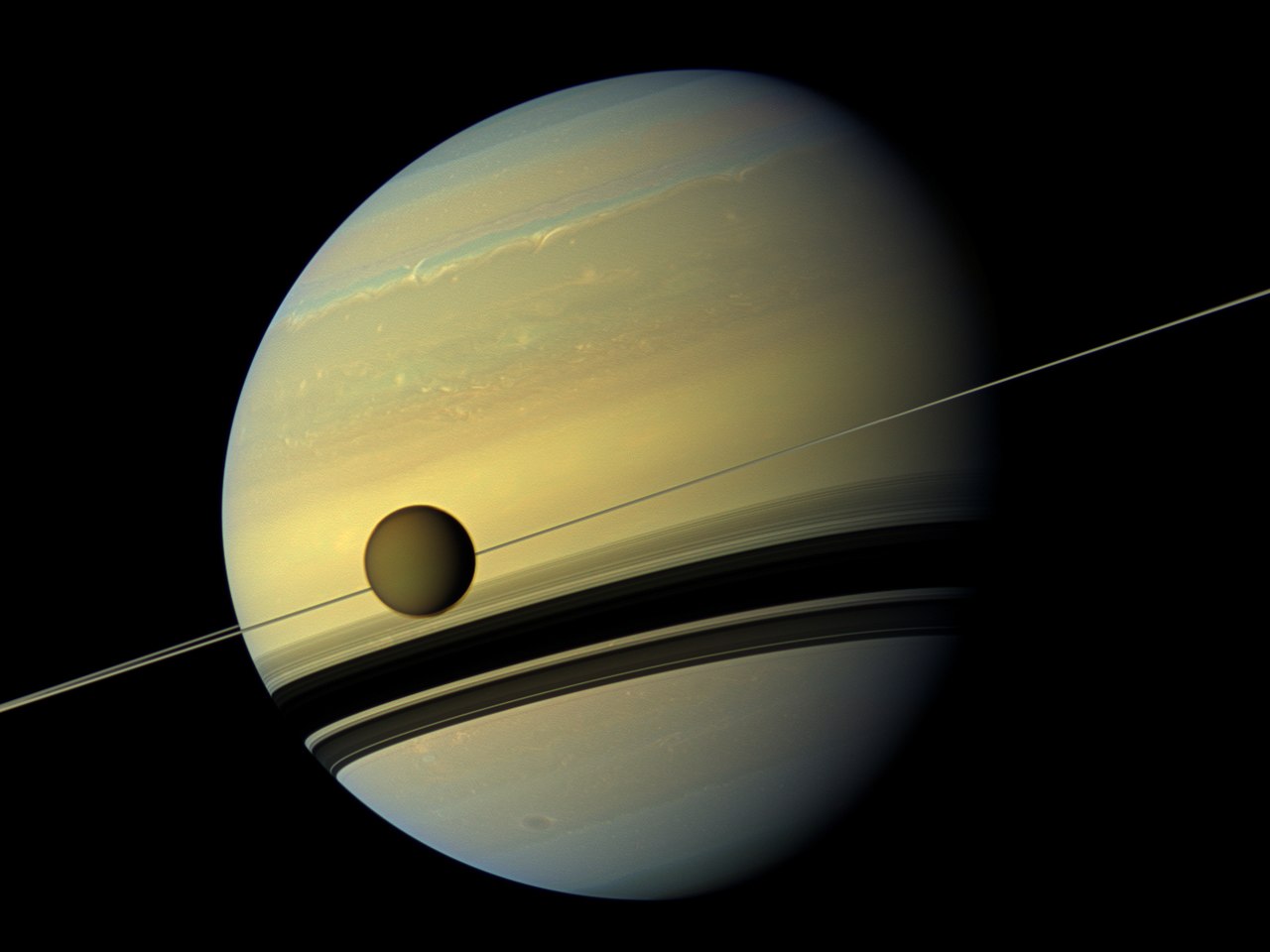Six years ago the Cassini spacecraft, which had spent nearly two decades in orbit around Saturn, finished its mission with a grand finale, plunging itself into the depths of Saturn’s atmosphere. Those last few orbits and the final plunge revealed a wealth of information about Saturn’s interior. A team of astronomers have collected all of the available data and are now painting a portrait of the interior of the solar system’s second largest planet.
One of the key questions astronomers have asked of the nature of Saturn is the characteristics of its deep interior and potential core. With remote observations we can only access the visible surface of the planet, which only accounts for the uppermost reaches of its atmosphere. However, we have several techniques available to probe the planet’s deep interior. First we have the rings themselves. All the trillions of particles that make up the rings respond to the gravity of Saturn. Different compositions of the interior and different mixtures of that material will subtly alter the orbital motions of the ring particles. By carefully studying how the rings orbit the planet, we can develop models of Saturn’s interior.
Most importantly we have Cassini itself. As it looped around the world in its last few orbits it gathered an enormous amount of data about the gravitational environment it experienced. And finally during its fatal plunge we got our first direct measurements of the upper reaches of Saturn’s atmosphere.
Recently astronomers have put all together all that data to give us a hazy but compelling portrait of the planet’s interior. All the available evidence indicates that the planet’s atmosphere undergoes differential rotation down to a depth of 10,000 km, which is roughly 1/6 of the entire planet’s radius. This means that the atmosphere near the equator of Saturn moves faster than the atmosphere near the pole, matching what we see on the surface. Deep within Saturn, however, the differential rotation gives way to a unified rotation rate of 10 hours and 33 minutes – that is the true “day” length on that planet.
It appears that Saturn does have a core, composed of a central concentration of heavy elements. This core weighs somewhere between 12 and 20 times the mass of the Earth. However, this core is not compact like the Earth itself, but instead slowly diffuses and mixes with the hydrogen and helium atmosphere that envelops it. That gives a rough boundary of the core of somewhere around half the radius of Saturn.
Astronomers still do not fully understand how Saturn generates all of its heat. One possible mechanism is that helium condenses out of the upper atmosphere and sinks to lower depths, serving as a way to transfer energy from the core to the upper atmosphere, but this is not yet proven.
The astronomers behind the study call for future missions to Saturn, especially ones designed to pierce the upper atmosphere and sink as deep into the planet as possible so that we can get a clearer picture.

